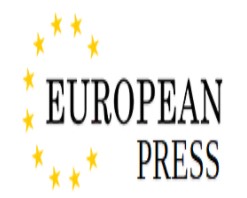Unemployment has edged higher in the UK while the number of job vacancies has fallen to its lowest level in more than three years, signalling that employers pulled back on hiring after Chancellor Rachel Reeves’s October budget hiked national insurance contributions.
Fresh figures from the Office for National Statistics (ONS) show that the unemployment rate nudged up to 4.4 per cent from 4.3 per cent in the quarter to December, as vacancies declined by 24,000 to 812,000. Payrolled employees fell by 47,000 in December to 30.3 million — the steepest drop since November 2020.
Economists say the slowdown reflects looming tax pressures on businesses. From April, national insurance will rise from 13.8 per cent to 15 per cent, while the earnings threshold at which the levy kicks in will shrink from £9,100 to £5,000. KPMG UK’s chief economist, Yael Selfin, explained that these forthcoming tax rises have prompted employers to put the brakes on hiring, warning: “We expect this to act as a headwind for labour market activity in the near term, likely translating into a slight rise in unemployment.”
Despite the fall in vacancies, pay excluding bonuses grew to 5.6 per cent — a six-month high — and ahead of analysts’ forecasts. With inflation dipping to 2.5 per cent, real wages continue to climb, offering some relief to households grappling with the cost of living. However, this buoyant pay growth could complicate the Bank of England’s next move on interest rates. Although inflation has dropped more sharply than expected and GDP growth remains tepid at 0.1 per cent, pay rising at this pace might limit the extent of any rate cut.
Thomas Pugh, economist at RSM UK, believes the central bank will likely place more weight on lacklustre growth and moderating inflation, maintaining that a 25 basis-point rate cut at the February meeting is “still a sure bet.” Yet the robust wage data may keep policymakers cautious in the months ahead.
Support authors and subscribe to content
This is premium stuff. Subscribe to read the entire article.








